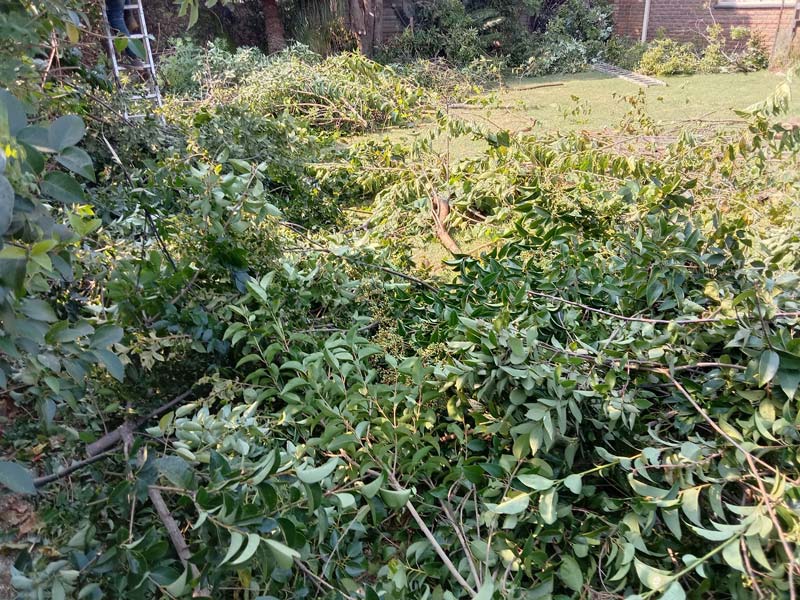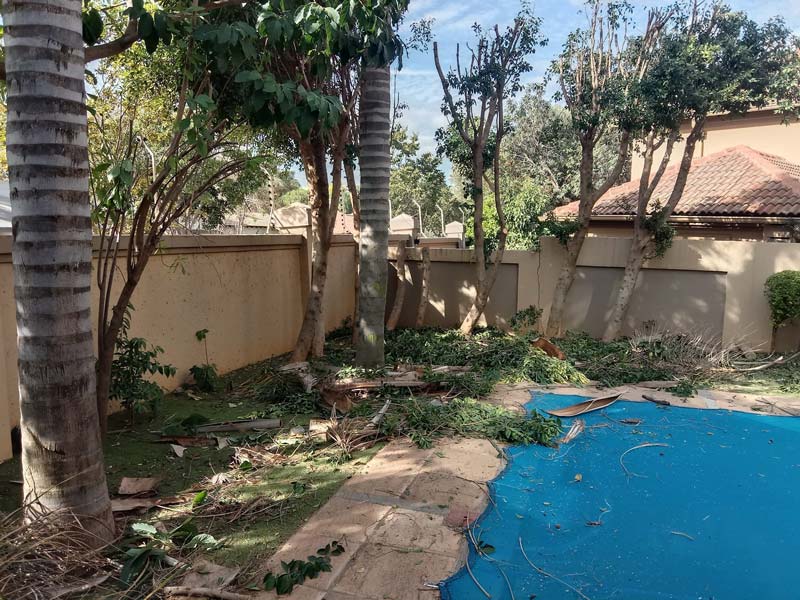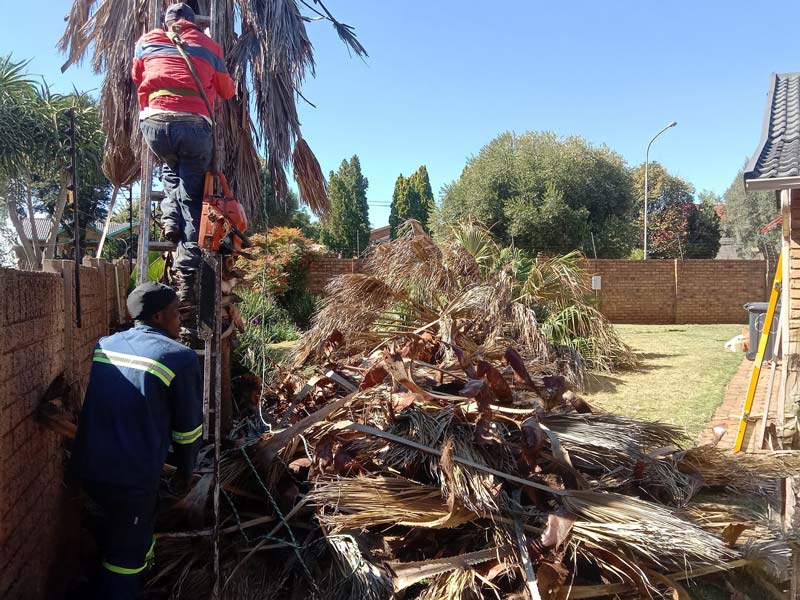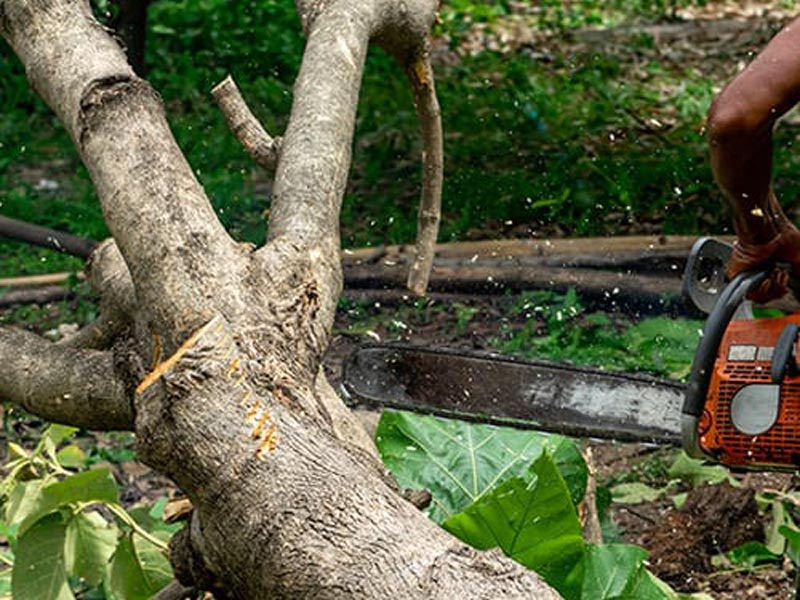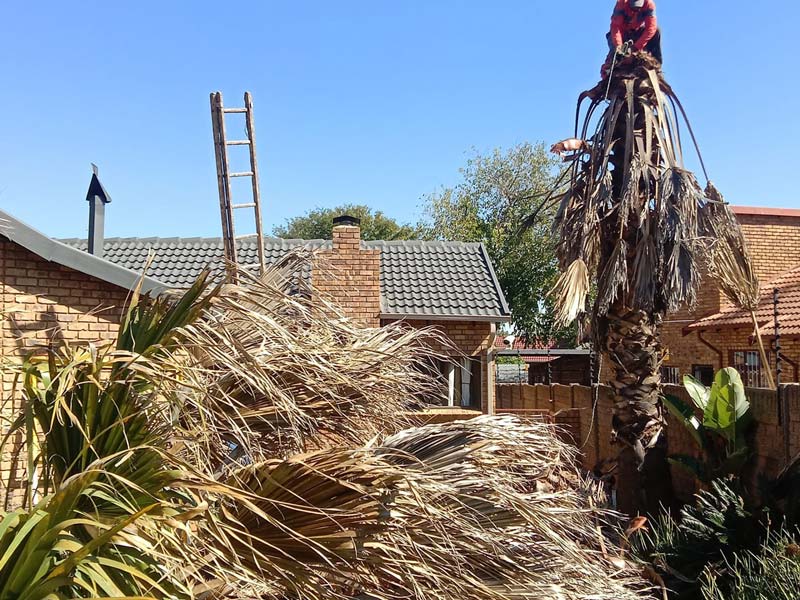The three-cut method is an essential technique for safely removing heavy branches. It starts with an undercut, positioned 8 to 15 inches from the branch collar. This prevents bark tearing and encourages proper healing. The second cut, made 4–5 inches from the collar, guarantees stability. Finally, the third cut should be flush with the collar to protect adjacent bark. Employing these steps promotes tree health and longevity, while also minimising maintenance needs. More knowledge is available on effective tree care practices.
Importance of the Three-Cut Method
The three-cut method is a recognised practice in tree pruning that considerably improves both the safety and health of trees during branch removal.
This technique emphasises tree stability by preventing bark tearing, which can weaken the trunk and introduce disease. Proper pruning techniques enhance tree longevity, ensuring that trees not only survive but thrive after maintenance. Through careful sequencing, the method guarantees that cuts are precise and promote effective healing at the branch collar, essential for the tree’s recovery. Additionally, implementing formative pruning principles during the process encourages steady growth and reduces future maintenance needs.
Step-by-Step Guide to the First Cut
Beginning the three-cut method requires careful attention to detail, particularly in making the first cut, which plays a significant role in ensuring safe branch removal.
This initial undercut should be approximately 8 to 15 inches from the branch collar and is typically one-third to halfway through the branch thickness. Utilising proper cutting techniques, the saw should be moved steadily upwards, preventing bark damage during the branch’s descent. Making a clean cut at this stage is crucial to promote healthy growth by facilitating the tree’s natural healing processes. Additionally, it is important to ensure property-safe tree cutting to minimise any risks during the removal process.
Executing the Second Cut Safely
When executing the second cut in the three-cut method, attention to detail is crucial for a safe and effective branch removal process. This cut should be made 4–5 inches from the branch collar, starting from the top and moving downwards.
Proper body positioning and secure footing are essential to prevent accidents, while sharp saw blades—ensuring efficient performance through regular saw blade maintenance—minimise risks of slipping.
Workers must don protective gear and ensure no one is positioned beneath the branch. By carefully managing weight reduction, this step sets the foundation for a final cut, promoting safety and tree health throughout the process. Additionally, following controlled techniques ensures that the removal is executed without compromising the surrounding environment or structures.
Finalising With the Third Cut
Executing the third cut in the three-cut method is an essential step that requires precision and care. This final cut should be made flush with the branch collar to guarantee collar preservation, thereby facilitating the tree’s healing process. A proper saw technique during this cut, typically at a 45-degree angle, protects adjacent bark from damage and promotes water runoff. Additionally, ensuring professional tree felling services can greatly enhance the effectiveness of your pruning efforts.
| Step | Action | Purpose |
|---|---|---|
| Cut Placement | Make cut on collar | Preserves tree’s defence |
| Angle | Cut at 45 degrees | Aids in water runoff |
| Tool Quality | Use sharp, sanitised saw | Minimises trauma and decay risk |
| Timing | Perform in dormant periods | Reduces stress on tree |
Best Practices for Tree Health and Maintenance
Guaranteeing the health and longevity of trees involves a combination of proper care techniques that cater to their specific needs.
Key practices include:
- Soil Management: Regular soil aeration improves air and water flow to roots, while incorporating compost enhances nutrient-rich conditions.
- Tree Fertilisation: Employ slow-release organic fertilisers based on soil tests, promoting vigorous growth and resilience against pests.
- Pruning and Inspection: Consistently inspect for dead branches and carry out targeted pruning to encourage healthy development. Additionally, comprehensive tree services like stump removal can prevent disease spread and promote overall tree health.
Implementing these best practices helps nurture strong trees, cultivating a thriving ecosystem within the community.
Consistent care guarantees collective benefits for everyone involved.


